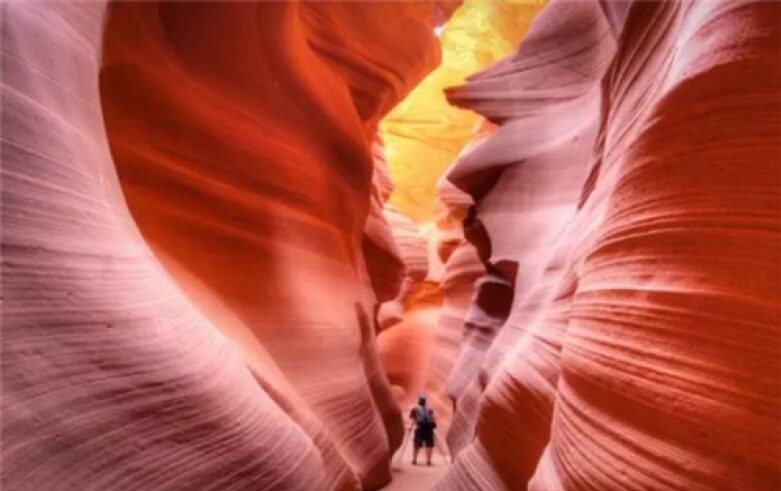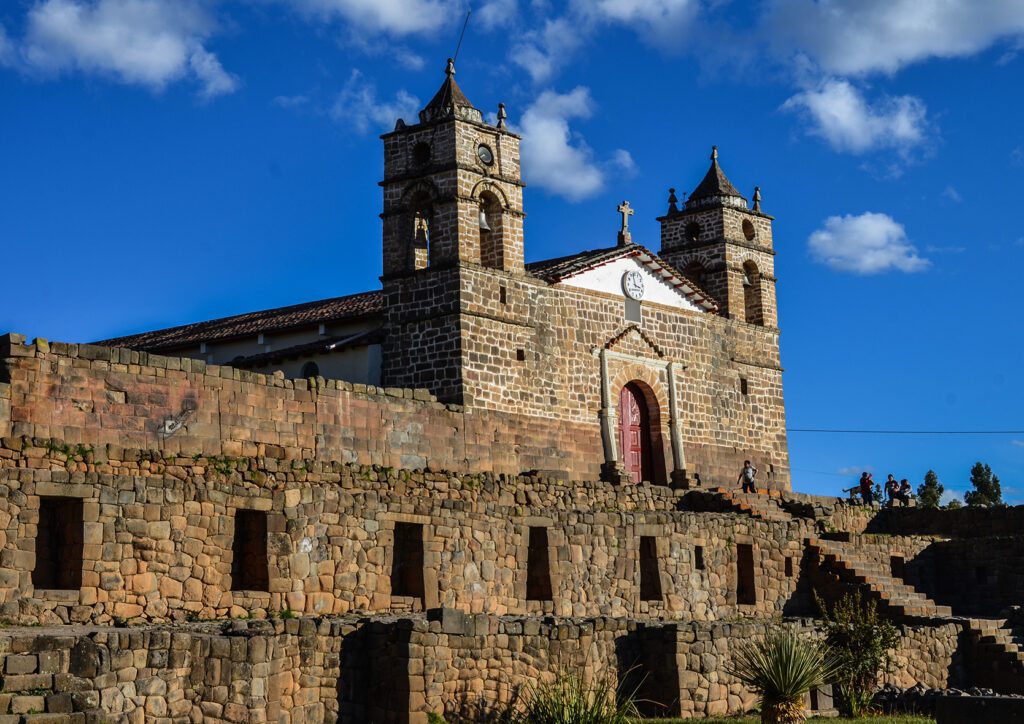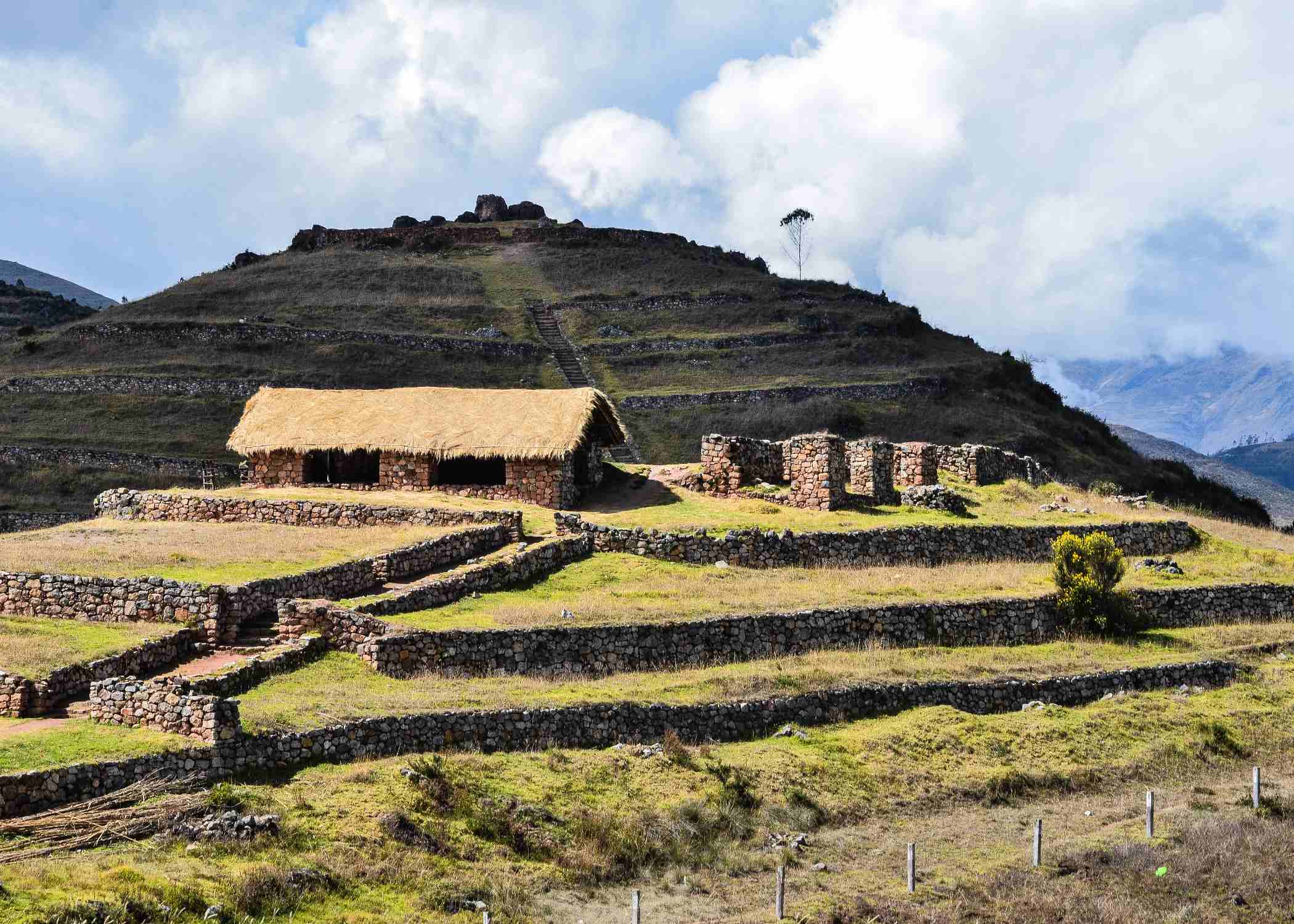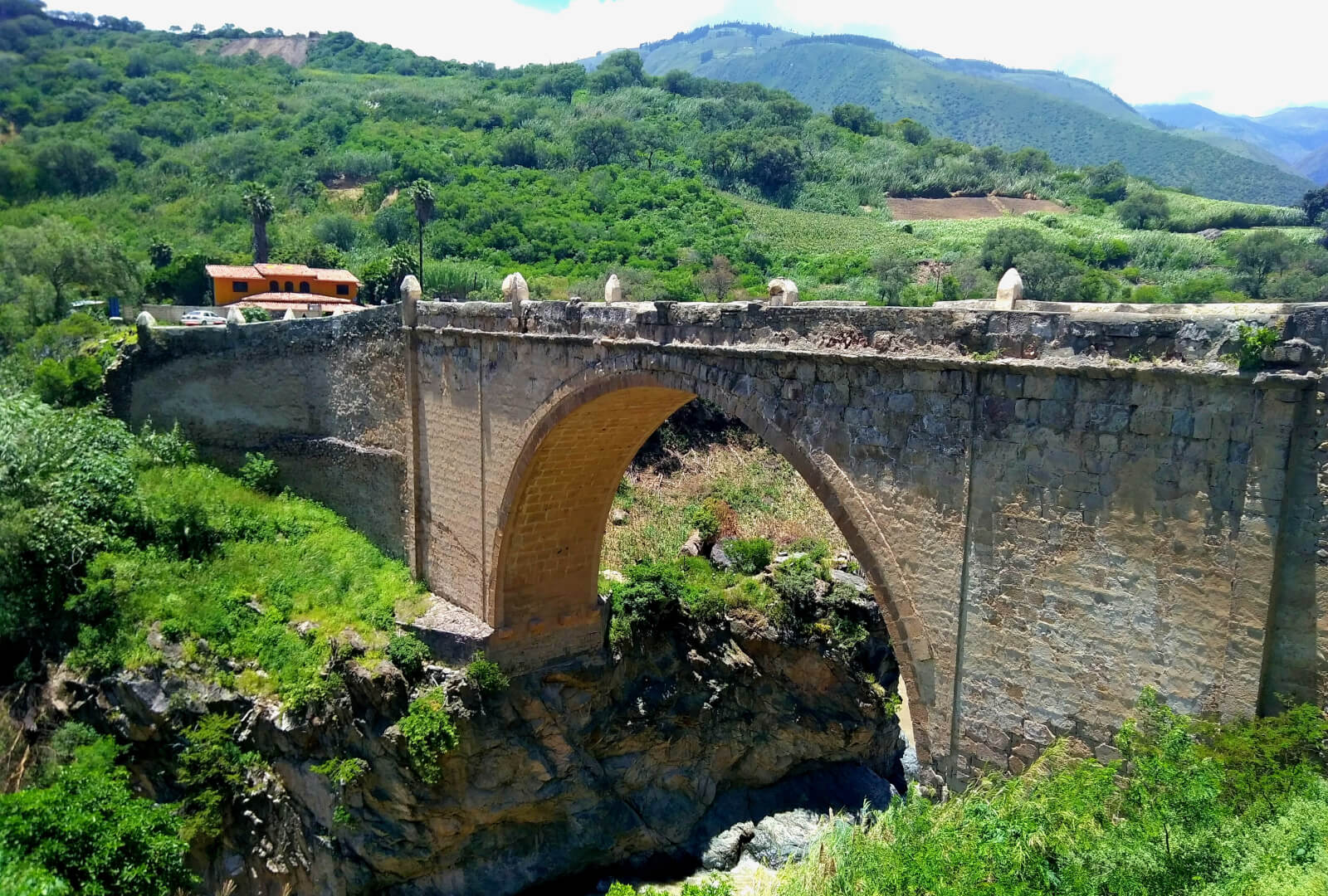From Lima to Cusco, through Central Andes
From Lima to Cusco, through Central Andes
![]()
![]()
Overview
Follow in the footsteps of Tintin and Snowy, away from the crowds of tourists and into magnificent, authentically Peruvian regions! From Lima, on the Pacific coast, you’ll quickly make your way to the Andes, starting with the Nor Yauyos Reserve, before crossing the regions of Huancayo and Ayacucho, a superb colonial city.
Then head due west towards Andahuaylas and Abancay, on the banks of the Apurimac Canyon, before reaching the Inca city of Cusco.
This journey unveils the most authentic route in Peru, deep into the Central Andes, where traditions remain untouched by mass tourism. From remote highland villages to stunning natural reserves, every step immerses you in genuine Andean culture and breathtaking landscapes.
Leg 1 From Lima to Huancaya
![]()
![]()
Leave Lima on the Carretera Central, following the very route of Tintin’s famous train! As you venture inland, you’ll quickly reach the foothills of the Andes, where the landscape transforms dramatically. The arid coastal desert gives way to lush, fertile valleys, with rivers carving through the terrain. Upon arriving at Río Blanco, shift southward toward the breathtaking Nor Yauyos National Park, a haven of cascading waterfalls and emerald lakes.
Helpful links
Catarata de Antankallo
Reserva Nor Yauyos
Leg 2 From Huancaya to Huancayo
![]()
![]()
Once you’ve explored the breathtaking Nor Yauyos National Park, continue your journey eastward. There are several scenic routes leading back to Huancayo. To the north, travel through the striking Shujto Canyon, passing by Jauja and the picturesque Mantaro Valley, dotted with charming traditional villages that showcase Andean culture. Alternatively, take the southern route, where vibrant mountainous landscapes unfold before you, offering a stunning contrast of colors and textures.
For a more immersive experience, consider spending the night in the peaceful countryside rather than in the bustling city of Huancayo—either before arriving or as you set off toward Ayacucho, continuing your Andean adventure.
Leg 3 From Huancayo to Ayacucho
![]()
![]()
To reach Ayacucho, you can choose between two stunning routes. The first takes you across the high plateau, passing through the historic and picturesque town of Huancavelica, where colonial architecture and Andean traditions blend seamlessly. The second follows the winding path of the Mantaro River, leading you through a breathtaking canyon, though its many twists and turns make for an adventurous ride.
Whichever route you take, you’ll be captivated by the untamed natural beauty surrounding you. Once in Ayacucho, a bustling city rich in history, consider finding a peaceful retreat outside the urban center for a more tranquil overnight stay.
Leg 4 From Ayacucho to Andahuaylas
![]()
![]()
Leaving Ayacucho, you have two incredible routes to choose from. The first takes you along the high plateau, offering panoramic views before descending into the valley toward Andahuaylas, where the dramatic change in scenery—from rugged highlands to lush landscapes—will leave you in awe.
The second option follows the historic Vilcashuamán road, winding through fertile agricultural regions and passing by remarkable archaeological sites, including the sacred Intihuatana. Though this route is a bit longer, if time allows, it’s well worth the journey for its rich cultural and historical significance. Whichever path you take, an unforgettable adventure awaits!
Leg 5 From Andahuaylas to Abancay
![]()
![]()
From there, head east toward Abancay. Before descending into the Apurímac River valley, make another stop at the Curamba archaeological site, where ancient ruins stand as a testament to the region’s rich past.
Once you’ve crossed the river, you’ll arrive in Abancay. For an overnight stay, consider lodging on the outskirts—where the views are spectacular and the climate is cooler—or just before the city to avoid the mosquito-prone areas near the river.
Leg 6 From Abancay to Cusco
![]()
![]()
Today’s journey takes you along an undulating road, weaving between valley floors and mountain passes, passing through numerous Andean villages rich in culture and tradition. Along the way, you’ll encounter a variety of tourist attractions, each offering a unique experience.
Stop by the charming village of Limatambo, known for its archaeological remains and fertile landscapes. Continue to the breathtaking Chonta viewpoint, the perfect spot to witness the majestic flight of condors soaring above the deep canyons. As you travel, enjoy the ever-changing Andean scenery, where each turn reveals a new glimpse of nature’s beauty and cultural heritage.
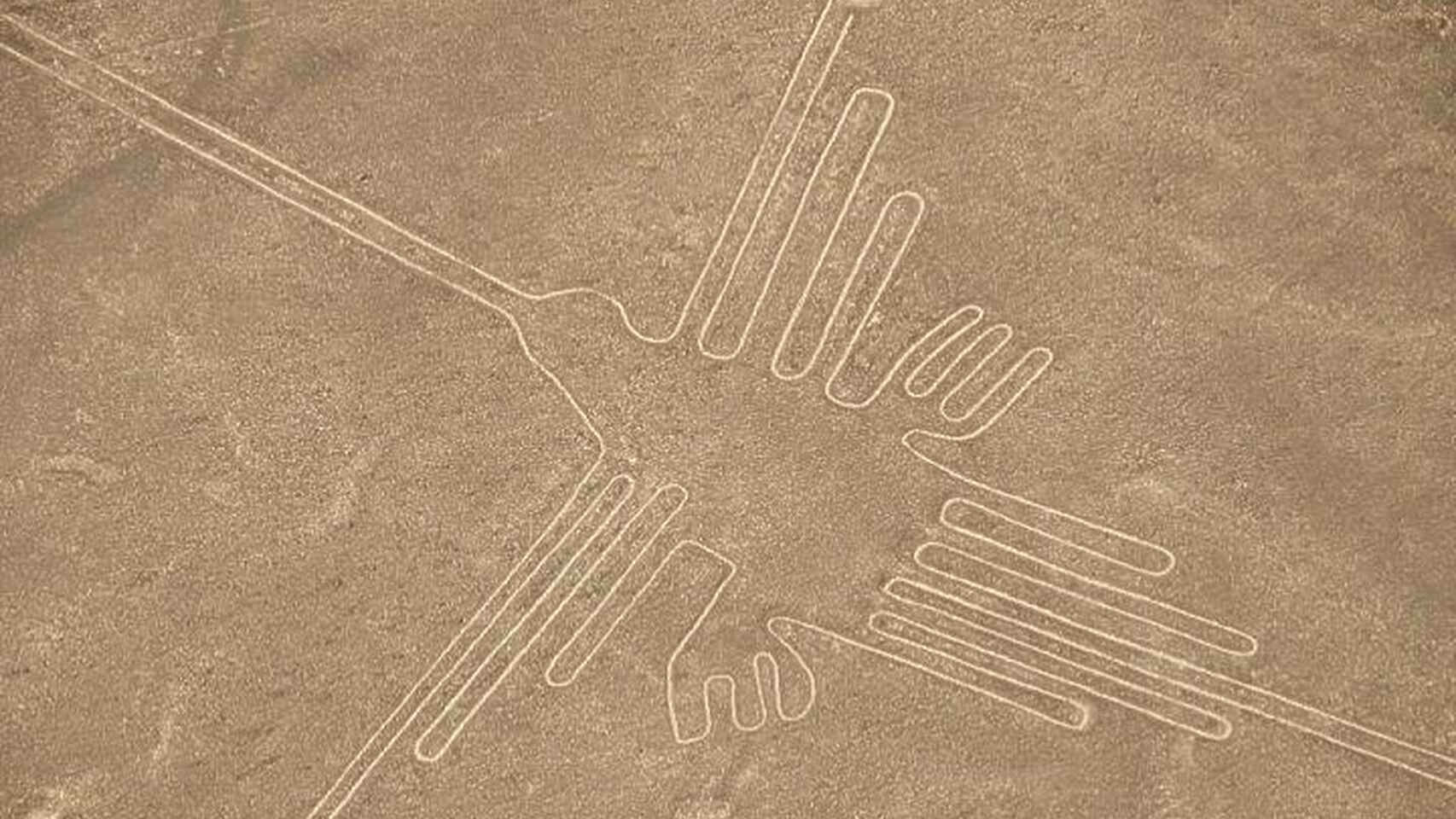
The southern coast of Peru stretches along the Pacific Ocean. Covered by an immense sandy desert, dotted with oases and green valleys with a flourishing agriculture. Also in these deserts, amazing pre-Inca cultures such as the Nazca culture developed.
Let yourself be delighted with the wine produced with exquisite and quality products. Enjoy sports in the middle of the desert, a unique adventure.

The Paracas National Reserve presents a unique beauty of the Peruvian coast. Here you can find many marine species such as seals, birds, fish and shellfish.
It has one of the richest ecosystems in Peru and also protects the prehistoric sites of the Paracas culture and other civilizations that inhabited this amazing place.

An impressive place located south of Lima. Here live several species protected by the Peruvian state.
On board a boat you can see sea lions, Humboldt penguins, flamingos and other marine species.
Upon arrival you will be amazed by the rocky formation of this place where a huge geoglyph called El Candelabro houses thousands of sea lions.

A magical place full of life in the middle of the desert, surrounded by palm trees and huarangos, a rich biodiversity. Ideal for different sports in the vast desert that surrounds it.
Its name comes from the Quechua language meaning “the woman who cries”. It is said that this lagoon was born from the tears of a beautiful woman who mourned the death of her husband.
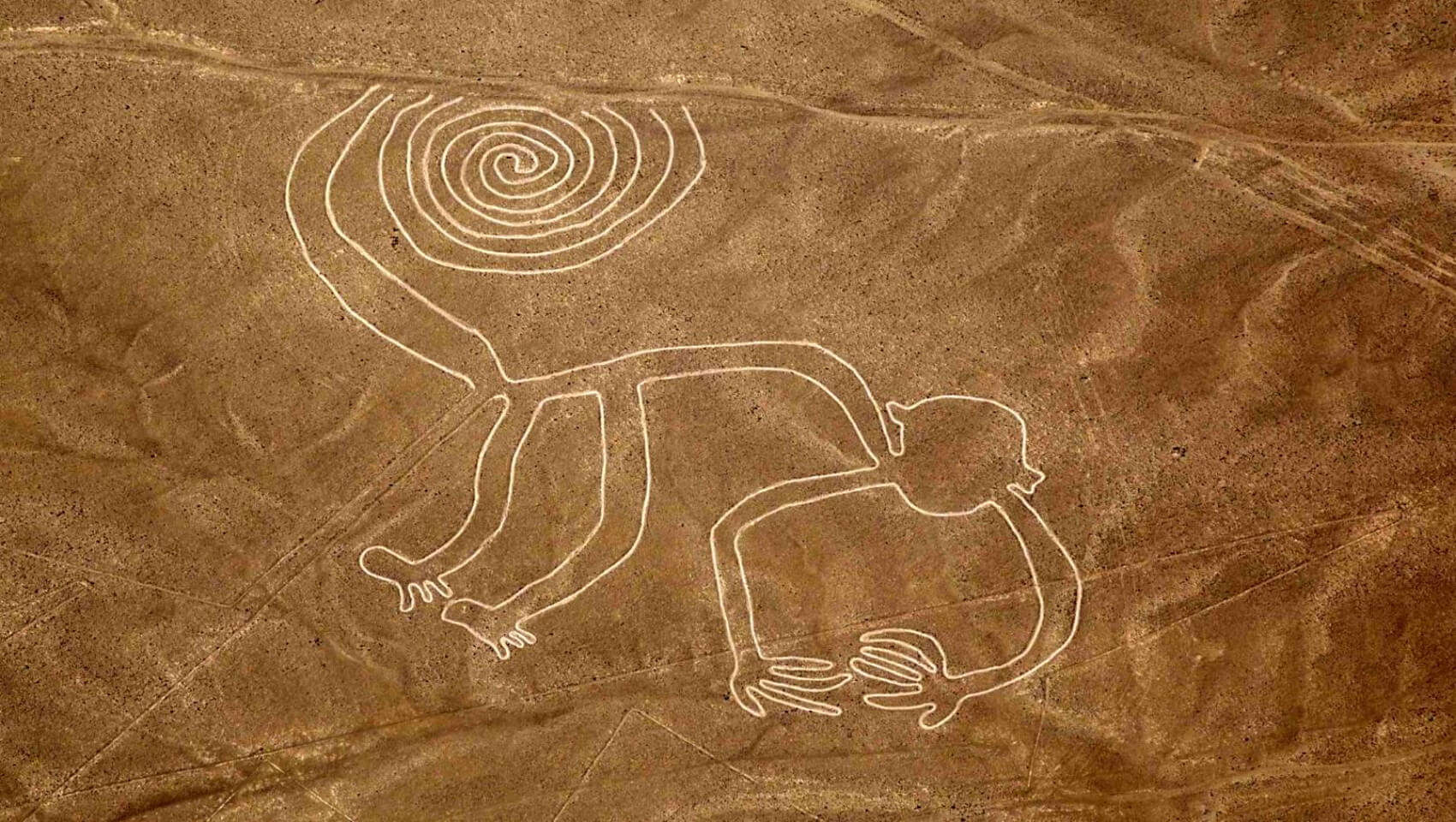
These ancient geoglyphs are found throughout the Nazca desert, and to this day, they unleash many uncertainties because no one knows the message that the different drawings hold.

Puquio is the capital of the province of Lucanas to the south of the department of Ayacucho, it offers a great variety of landscapes and pleasant climates that propitiate the formation of peaks with eternal snow, plateaus, lagoons and waterfalls.
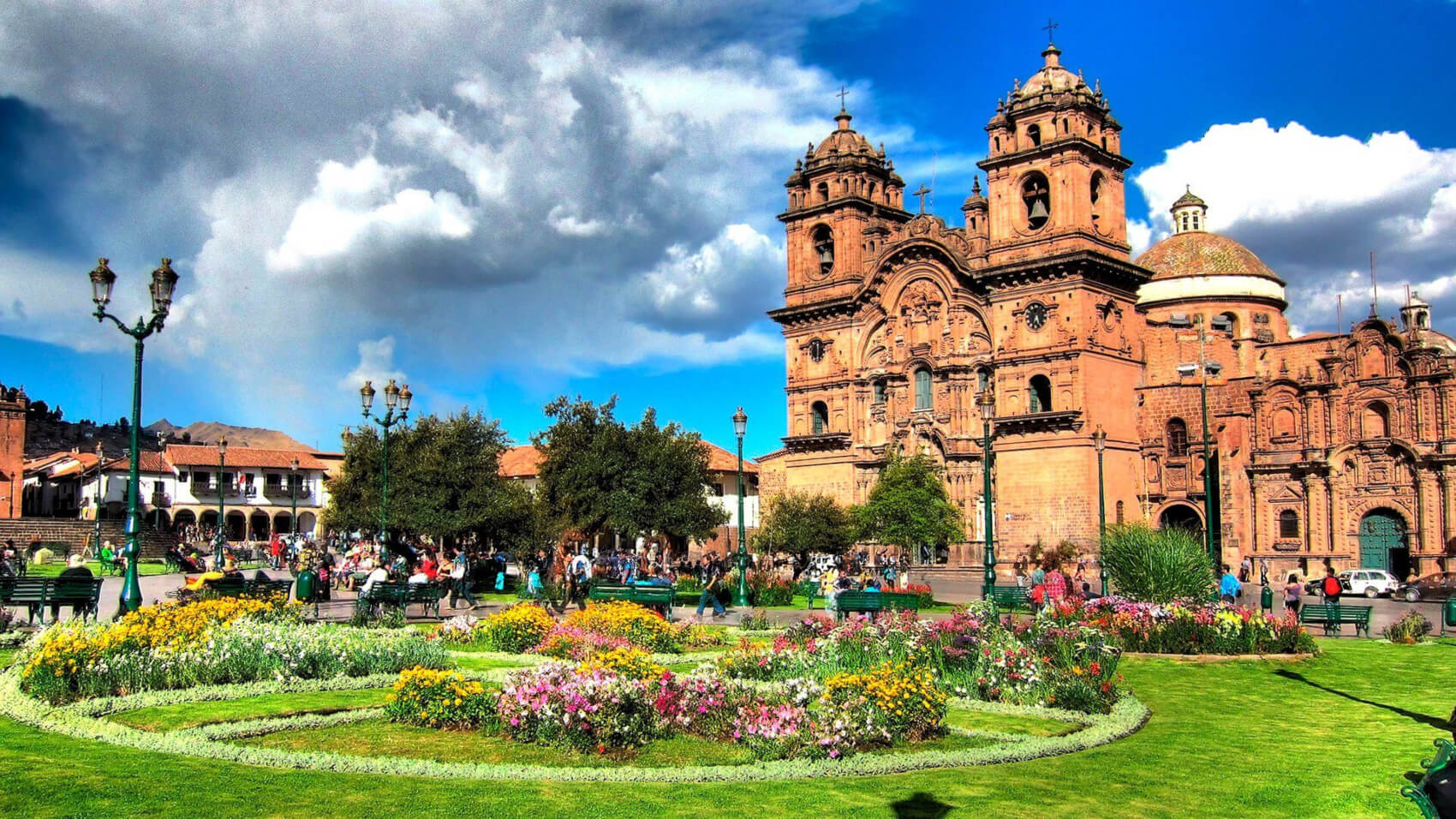
Cusco, the capital of the Inca Empire, Navel of the World. Every corner of this magical city hides in its walls the history of a great empire extended in many countries. Today you can see in the different tourist attractions the advanced technology that the Incas managed to develop.
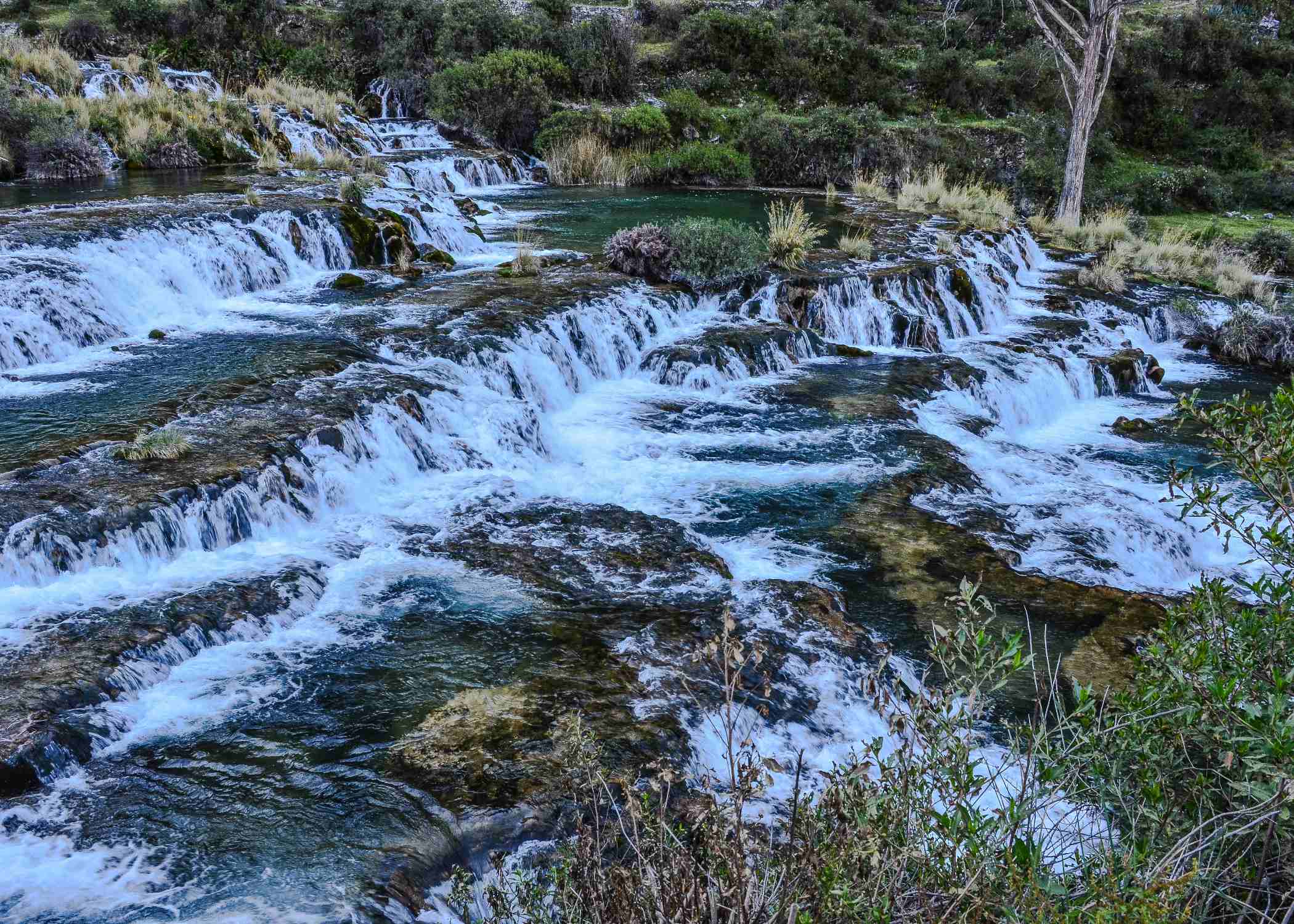
The Nor Yauyos-Cochas Landscape Reserve, located in the Lima and Junín regions, is one of Peru’s most breathtaking natural destinations. Known for its turquoise waterfalls, crystal-clear lagoons, and Andean canyons, it offers a perfect escape for nature lovers and adventure seekers.
Highlights include the stunning Cascadas de Huancaya y Vilca, the serene Laguna de Piquecocha, and the picturesque stone villages that preserve ancient Andean traditions. Visitors can enjoy trekking, birdwatching, and camping while admiring spectacular high-altitude landscapes.
Ideal for those seeking off-the-beaten-path adventures, Nor Yauyos-Cochas is a must-visit ecotourism destination in Peru.
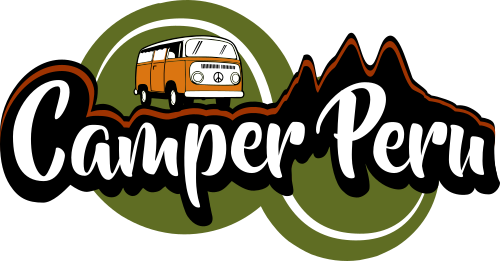
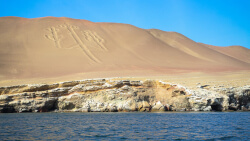
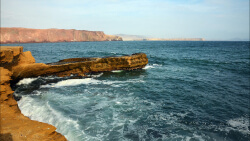
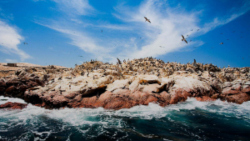

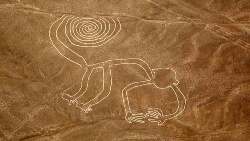
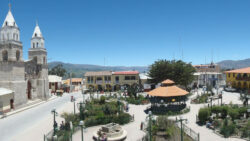

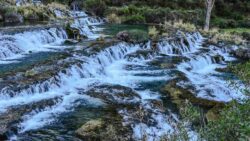
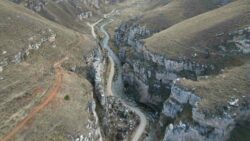
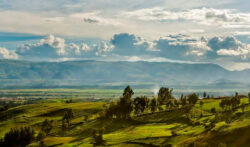
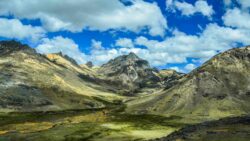

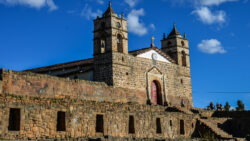
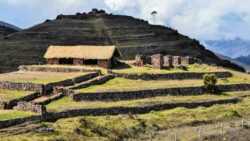
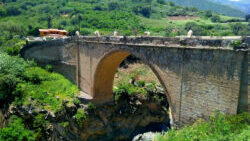
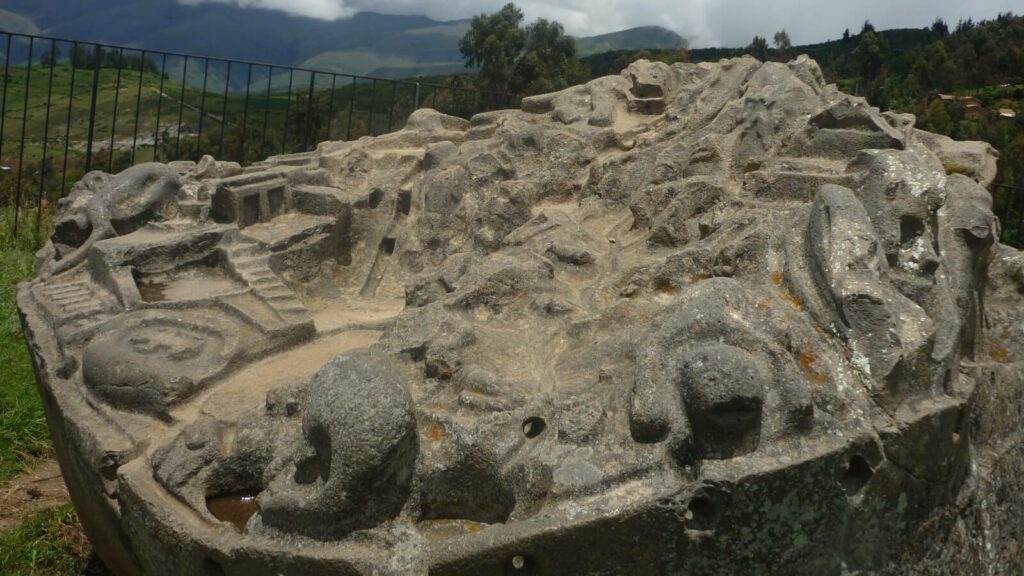
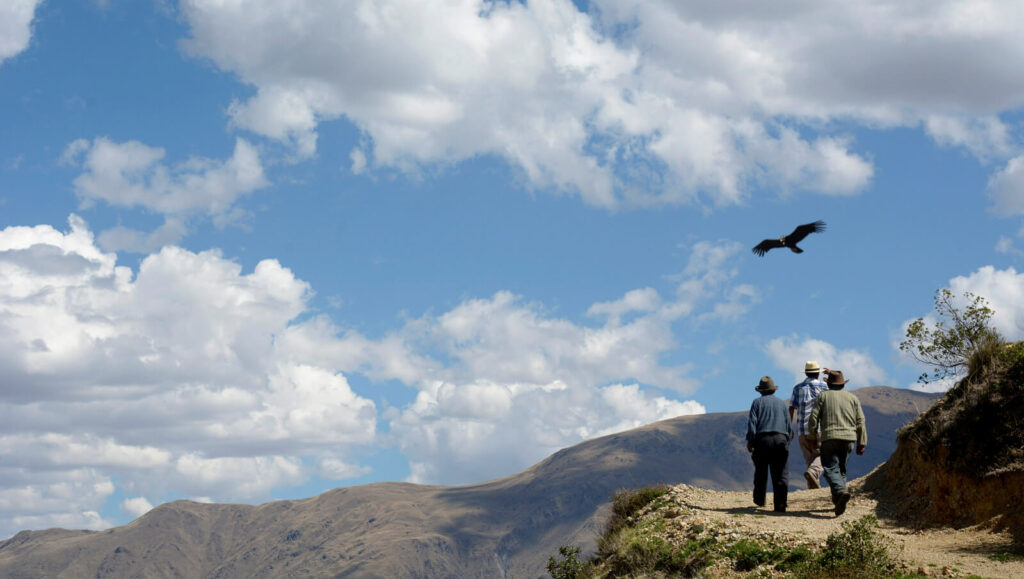


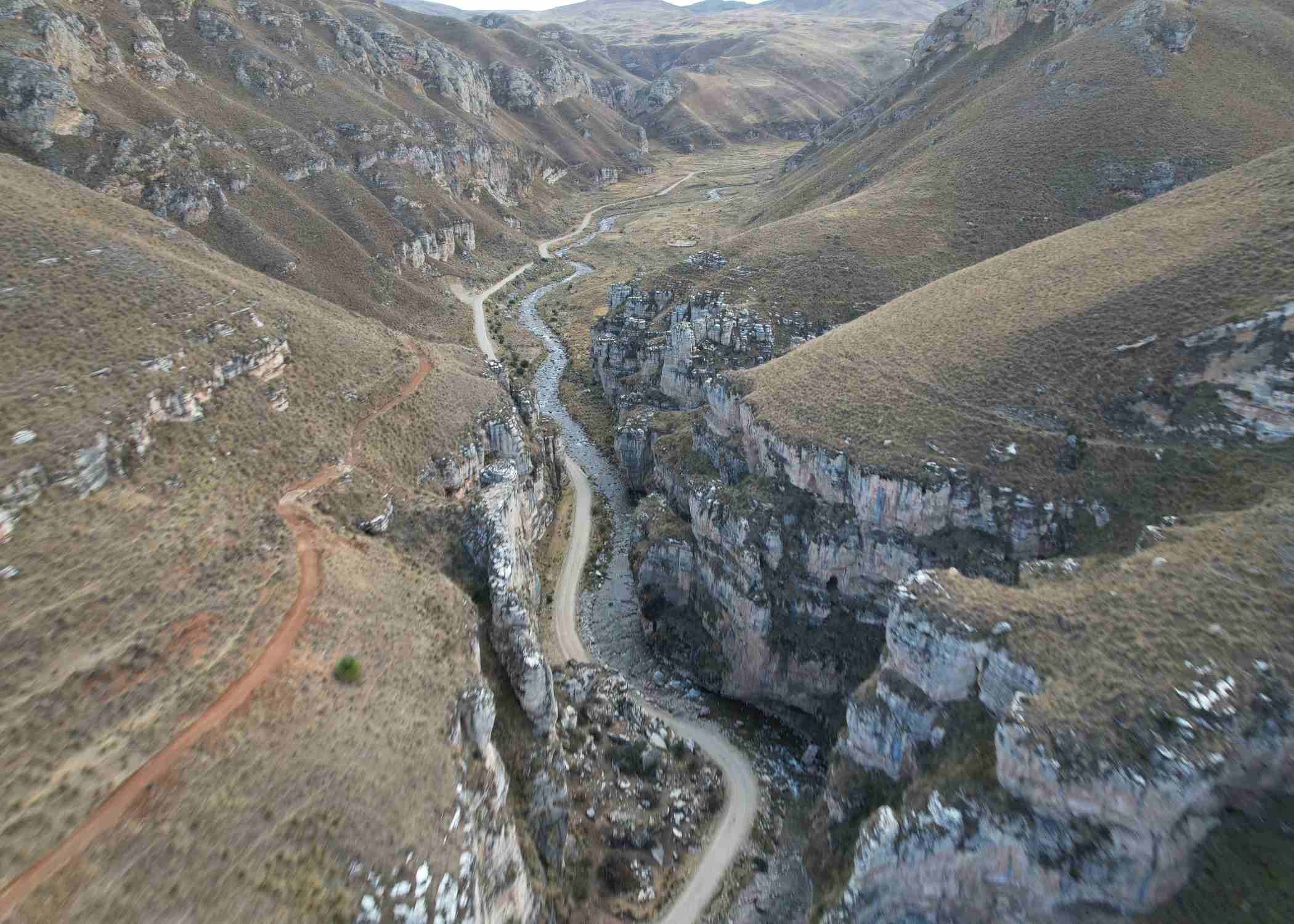
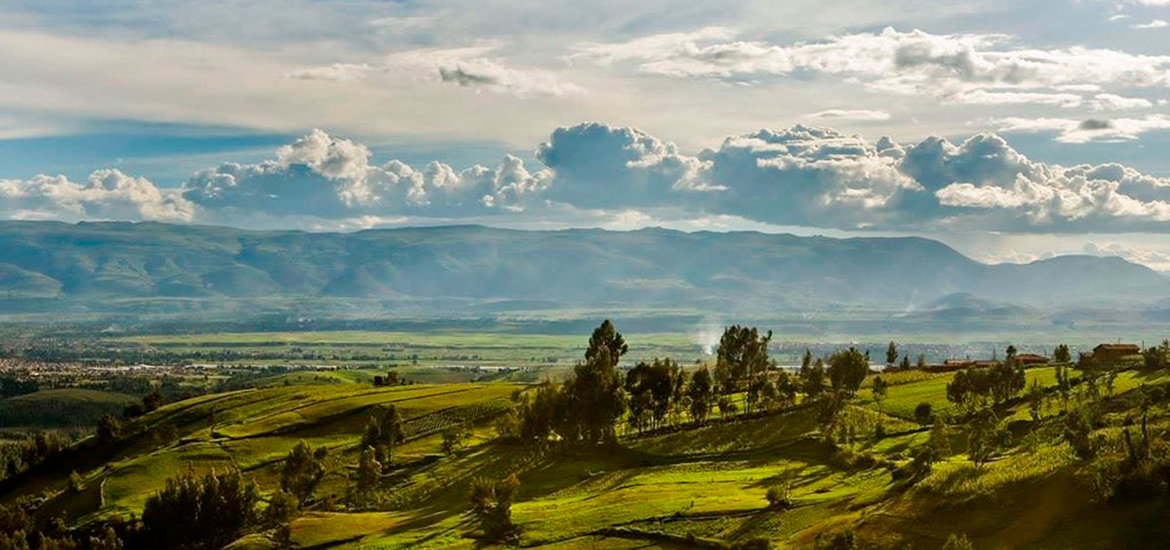 Mantaro Valley is a picturesque region located in the central highlands of Peru. Known for its lush landscapes, it is surrounded by the majestic Andes Mountains and the Mantaro River, which flows through the valley. This fertile area is rich in agricultural production, with crops like potatoes, corn, and quinoa thriving in its soil. The valley is also home to several indigenous communities, offering a glimpse into the traditional cultures of the region. The area’s natural beauty, combined with historical landmarks and vibrant local traditions, makes Mantaro Valley a fascinating destination for nature lovers and cultural enthusiasts.
Mantaro Valley is a picturesque region located in the central highlands of Peru. Known for its lush landscapes, it is surrounded by the majestic Andes Mountains and the Mantaro River, which flows through the valley. This fertile area is rich in agricultural production, with crops like potatoes, corn, and quinoa thriving in its soil. The valley is also home to several indigenous communities, offering a glimpse into the traditional cultures of the region. The area’s natural beauty, combined with historical landmarks and vibrant local traditions, makes Mantaro Valley a fascinating destination for nature lovers and cultural enthusiasts.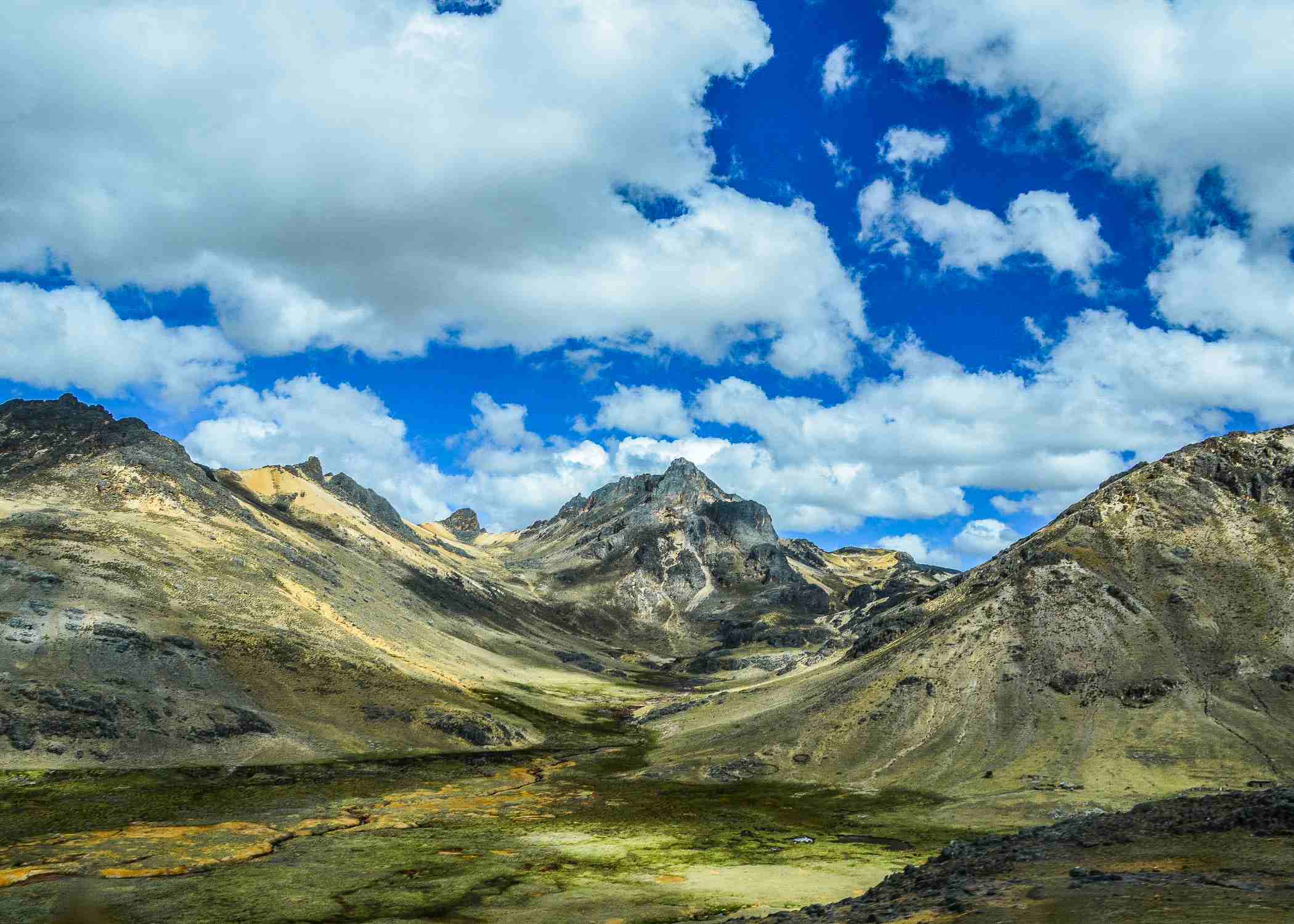 Huancavelica is a city located in the central highlands of Peru, serving as the capital of the Huancavelica Region. It sits at an elevation of around 3,676 meters (12,060 feet) above sea level, making it one of the highest cities in the country. Known for its rich history, Huancavelica was once a major center for silver mining during colonial times. Today, the city and surrounding region are known for their stunning landscapes, including the nearby mountains, valleys, and hot springs. The area also has a rich indigenous heritage, with Quechua-speaking communities preserving their traditions and customs.
Huancavelica is a city located in the central highlands of Peru, serving as the capital of the Huancavelica Region. It sits at an elevation of around 3,676 meters (12,060 feet) above sea level, making it one of the highest cities in the country. Known for its rich history, Huancavelica was once a major center for silver mining during colonial times. Today, the city and surrounding region are known for their stunning landscapes, including the nearby mountains, valleys, and hot springs. The area also has a rich indigenous heritage, with Quechua-speaking communities preserving their traditions and customs.